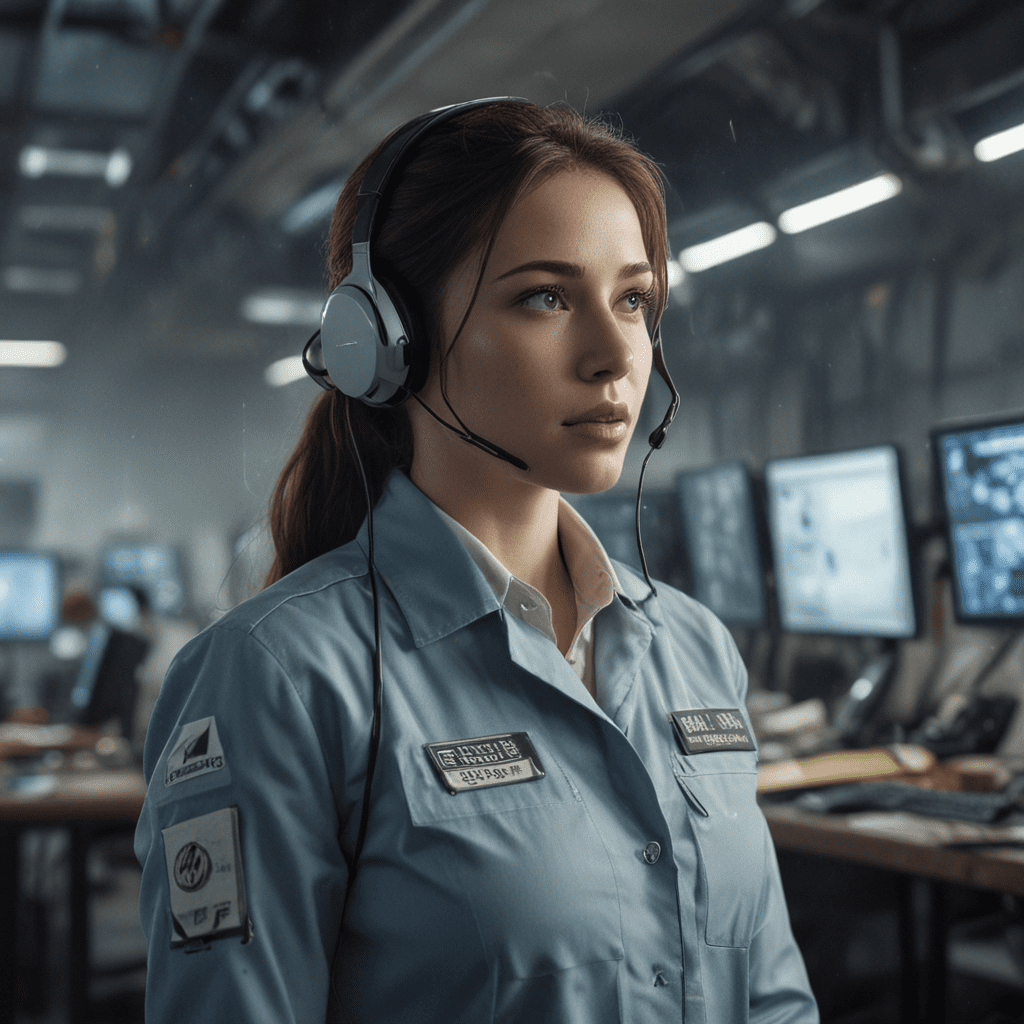
The Role of Virtual Assistants in Disaster Response
Introduction
In the aftermath of a natural or man-made disaster, swift and effective response is crucial to saving lives and minimizing damage. Virtual assistants (VAs), intelligent software agents powered by artificial intelligence (AI), have emerged as valuable tools in disaster response efforts, enhancing communication, managing information, and supporting survivors. Their ability to automate tasks, analyze data, and provide real-time assistance empowers disaster responders and aids in the efficient coordination of relief efforts.
Communication Facilitation
Communication is paramount in disaster response, yet it can often be disrupted or limited. VAs act as communication bridges, connecting survivors with responders and streamlining information flow. They facilitate real-time delivery of critical alerts, updates, and safety instructions, ensuring that affected populations are informed and prepared. By leveraging natural language processing, VAs can effectively communicate with individuals regardless of their communication preferences or language barriers.
Information Management
Disasters generate an overwhelming amount of data from multiple sources. VAs play a critical role in organizing and managing this data deluge. They filter, prioritize, and extract relevant information to provide responders with actionable insights. By leveraging machine learning algorithms, VAs can identify patterns and anomalies, enabling responders to make informed decisions and allocate resources where they are most needed.
Resource Coordination
Timely and efficient distribution of resources is vital in disaster response. VAs optimize resource allocation by coordinating the delivery of supplies, medical aid, and other essential services. They maintain real-time inventories, track distribution routes, and identify areas with unmet needs. VAs also facilitate collaboration among different response agencies, ensuring a coordinated and effective response.
Support for Survivors
Beyond facilitating communication and managing information, VAs provide invaluable support to disaster survivors. They serve as empathetic listeners, offering emotional support and guidance to individuals who have experienced trauma. VAs can assist with insurance claims, housing arrangements, and other post-disaster needs, alleviating the burden on victims and expediting their recovery process.
Language Translation
Language barriers can hinder effective communication in disaster-affected areas. VAs overcome this challenge by providing real-time language translation services. They enable responders to communicate with non-native speakers, ensuring that critical information reaches all individuals regardless of their linguistic background. By breaking down language barriers, VAs foster inclusivity and enhance the effectiveness of disaster response efforts.
Situational Awareness
Disaster responders rely on accurate and timely situational awareness to make critical decisions. VAs continually monitor social media, news sources, and other information channels to provide responders with real-time updates and analysis. They identify emerging trends, predict potential risks, and generate reports that support informed decision-making. By enhancing situational awareness, VAs empower responders to adapt swiftly to changing conditions and optimize their response strategies.
Data Analysis and Visualization
Harnessing the power of data analysis, VAs transform raw disaster data into actionable insights. They analyze social media feeds, satellite imagery, and other data sources to identify critical patterns and trends. Advanced visualization techniques enable responders to comprehend complex data quickly, supporting strategic planning and resource allocation. By leveraging data analytics, VAs contribute to evidence-based decision-making and enhance the overall effectiveness of disaster response operations.
Automation of Tasks
Disaster response involves numerous repetitive and time-consuming tasks. VAs automate these tasks, freeing up responders to focus on more strategic and high-value activities. They can handle routine tasks such as data entry, message routing, and inventory management, enabling responders to dedicate their efforts to critical decision-making and direct involvement in disaster relief efforts. By optimizing operational efficiency, VAs empower responders to allocate their time and resources more effectively.
Conclusion
Virtual assistants (VAs) have revolutionized disaster response by enhancing communication, managing information, coordinating resources, and providing vital support to survivors. Their ability to automate tasks, analyze data, and facilitate real-time assistance empowers disaster responders and enables them to navigate the challenges of disaster response operations. As technology continues to advance, the role of VAs in disaster management will only grow more prominent, ensuring that disaster-affected communities receive the swift and effective aid they need.
FAQ: Virtual Assistants in Disaster Response
How do VAs improve communication in disaster response?
- VAs streamline communication between disaster survivors and responders, ensuring real-time delivery of critical information and updates. They overcome language barriers and facilitate effective communication regardless of communication preferences or linguistic backgrounds.
What role do VAs play in managing disaster data?
- VAs organize and manage the vast amounts of data generated during disaster response efforts. They filter, prioritize, and analyze data to provide responders with actionable insights, supporting informed decision-making and strategic planning.
How do VAs support disaster survivors?
VAs provide emotional support and guidance to disaster survivors, helping them navigate the challenges of the recovery process. They assist with insurance claims, housing arrangements, and other post-disaster needs, alleviating the burden on victims and expediting their recovery.
- What is the potential of VAs in future disaster response efforts?
- As technology advances, VAs are expected to play an increasingly significant role in disaster management. They will leverage AI and machine learning advancements to improve situational awareness, automate complex tasks, and provide personalized support to disaster survivors.


